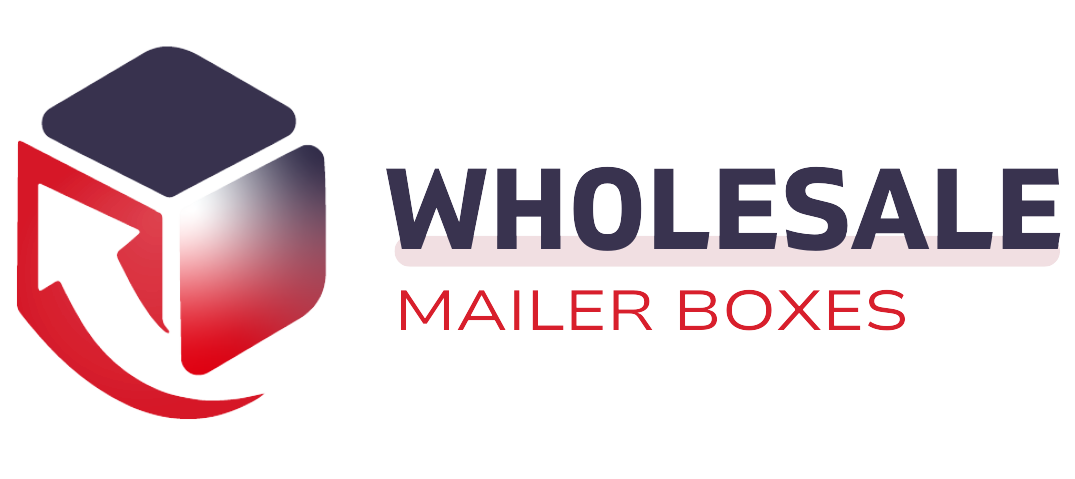Box Design
- Home
- Privacy Policy
Introduction
Boxes are ubiquitous in our daily lives, serving as vessels for products, gifts, and storage. However, behind their seemingly simple appearances lie intricate designs crafted to fulfill specific purposes. Box design is an art and science that balances functionality, aesthetics, and sustainability. In this article, we delve into the various aspects of box design, from its principles to innovative approaches, emphasizing the importance of customization, branding, and environmental consciousness.
Understanding Box Design
Box design encompasses a range of considerations, including dimensions, structural integrity, and user experience. Designers must understand the purpose of the box, whether it’s for shipping delicate items, displaying products on shelves, or enhancing the unboxing experience for customers. Factors such as size, shape, and opening mechanisms play crucial roles in determining the effectiveness of the design.
Principles of Box Design
The principles of box design revolve around functionality, aesthetics, and cost-effectiveness. Boxes should be designed to protect their contents during transit while also being visually appealing to attract consumers. Additionally, designers must consider the cost implications of materials and production processes to ensure the box is economically viable.
Materials and Construction Techniques
Box design offers a range of material options, including cardboard, corrugated fiberboard, plastic, metal, and wood. Each material has its unique properties, influencing factors such as durability, weight, and environmental impact. Construction techniques vary depending on the material chosen, ranging from traditional folding and gluing to more advanced methods such as thermoforming and die-cutting.
Innovative Box Designs
Innovation in box design is driven by advancements in technology, consumer preferences, and sustainability concerns. Designers are exploring creative solutions such as collapsible boxes for efficient storage, interactive packaging with augmented reality features, and biodegradable materials to minimize environmental footprint. These innovations aim to enhance user experience while reducing waste and optimizing logistics.
Customization and Branding
Customization plays a vital role in box design, allowing brands to differentiate themselves and create memorable experiences for consumers. Techniques such as printing, embossing, and foiling enable brands to showcase their logos, slogans, and imagery effectively. Personalized packaging not only reinforces brand identity but also fosters customer loyalty and engagement.
Environmental Considerations
In an era of increasing environmental awareness, sustainable box design is gaining prominence. Designers are opting for eco-friendly materials such as recycled paper and biodegradable plastics, as well as implementing Eco-conscious production processes. Additionally, concepts like minimalist packaging and reusable boxes are gaining traction as consumers prioritize sustainability in their purchasing decisions.
Tools and Resources
Designing boxes requires a combination of creativity and technical expertise. Designers utilize various software tools such as Adobe Illustrator and Solid-works for drafting and prototyping. Additionally, resources such as industry publications, online forums, and trade associations provide valuable insights and networking opportunities for aspiring box designers.
Conclusion
Box design is a multifaceted discipline that merges creativity, functionality, and sustainability. From the principles of structural integrity to the latest innovations in eco-friendly materials, designers must navigate a diverse landscape to create boxes that meet the evolving needs of consumers and businesses alike. By embracing customization, branding, and environmental consciousness, box designers can craft solutions that not only protect and showcase their contents but also leave a positive impact on the customers.


